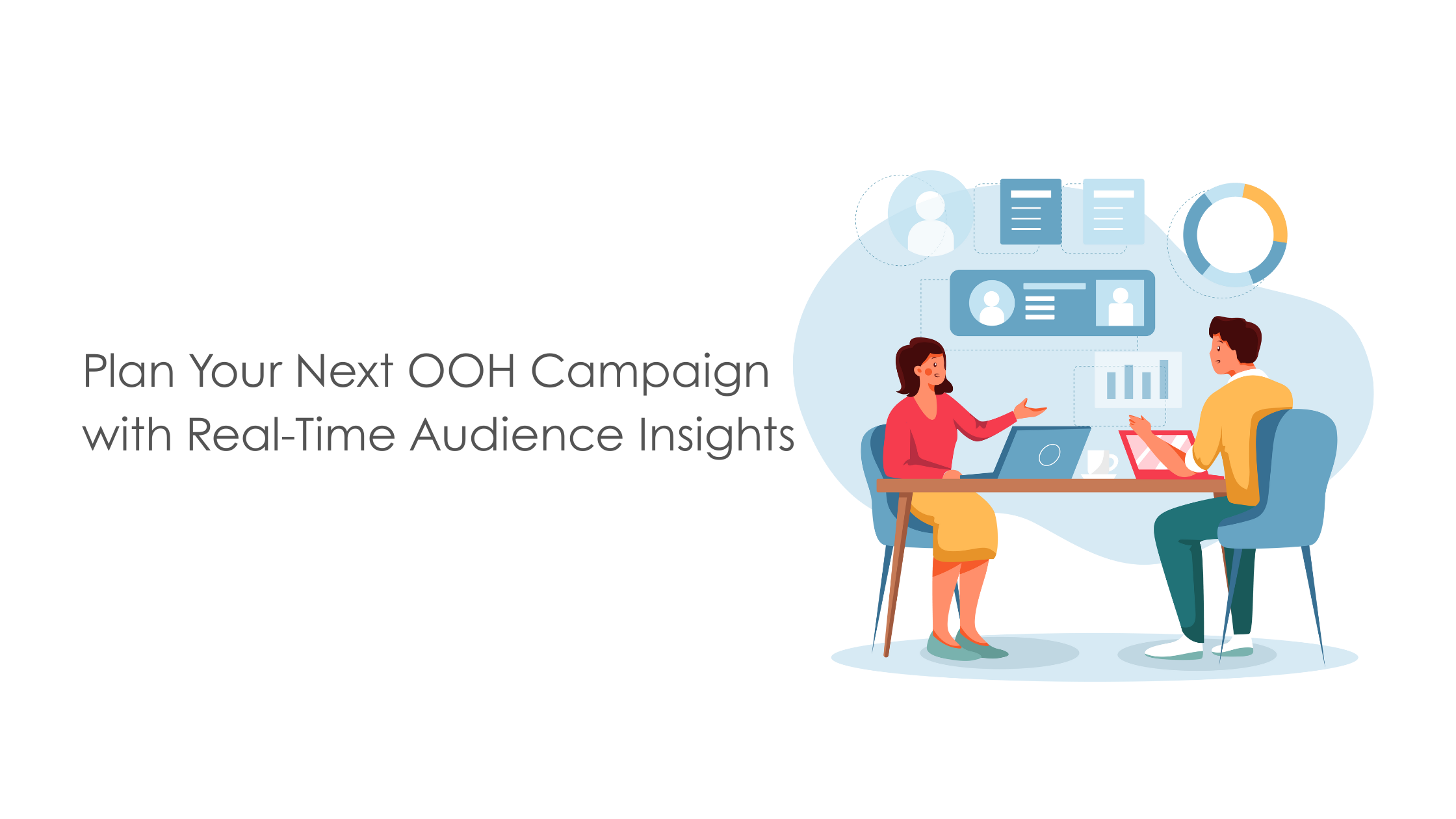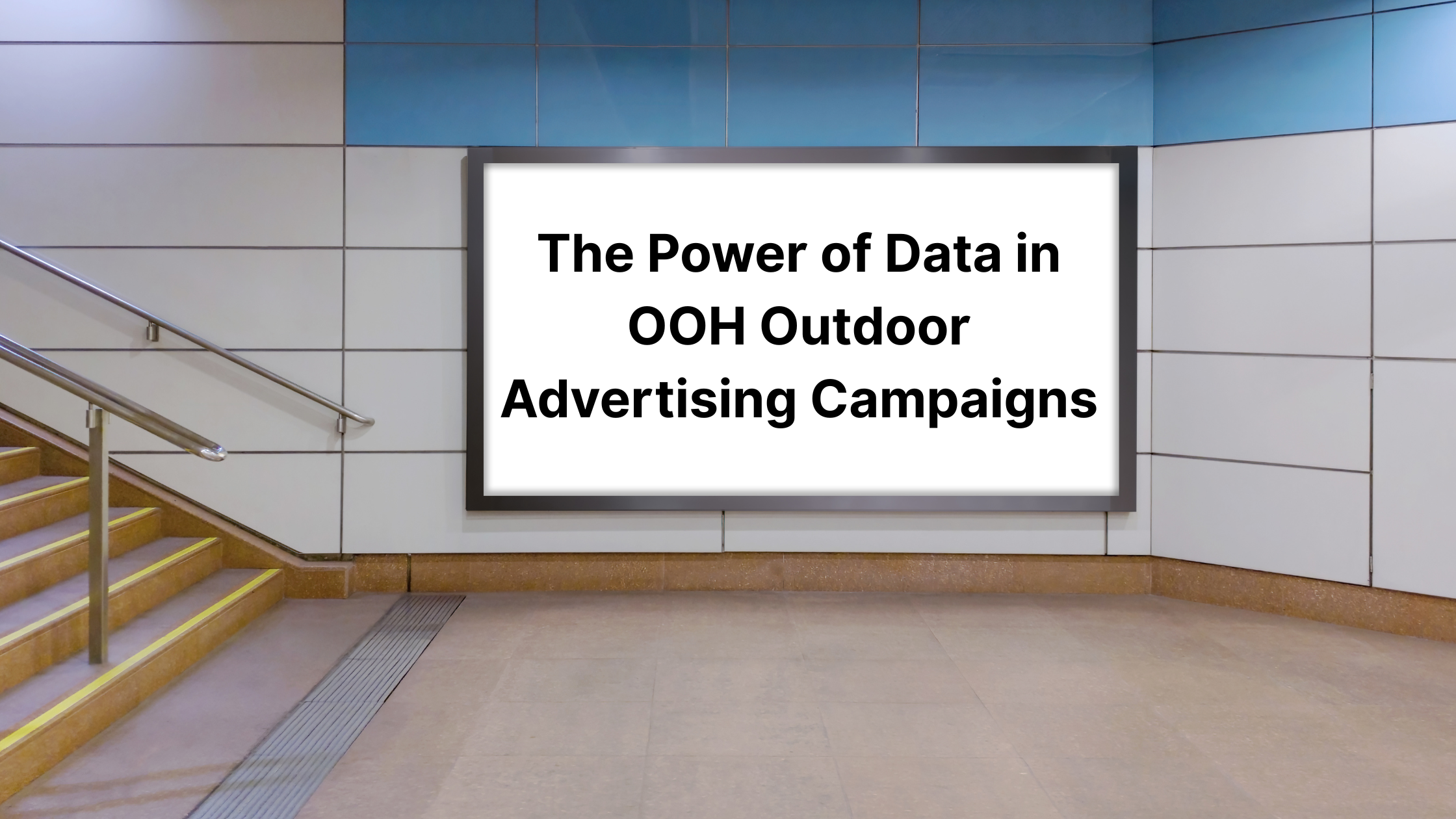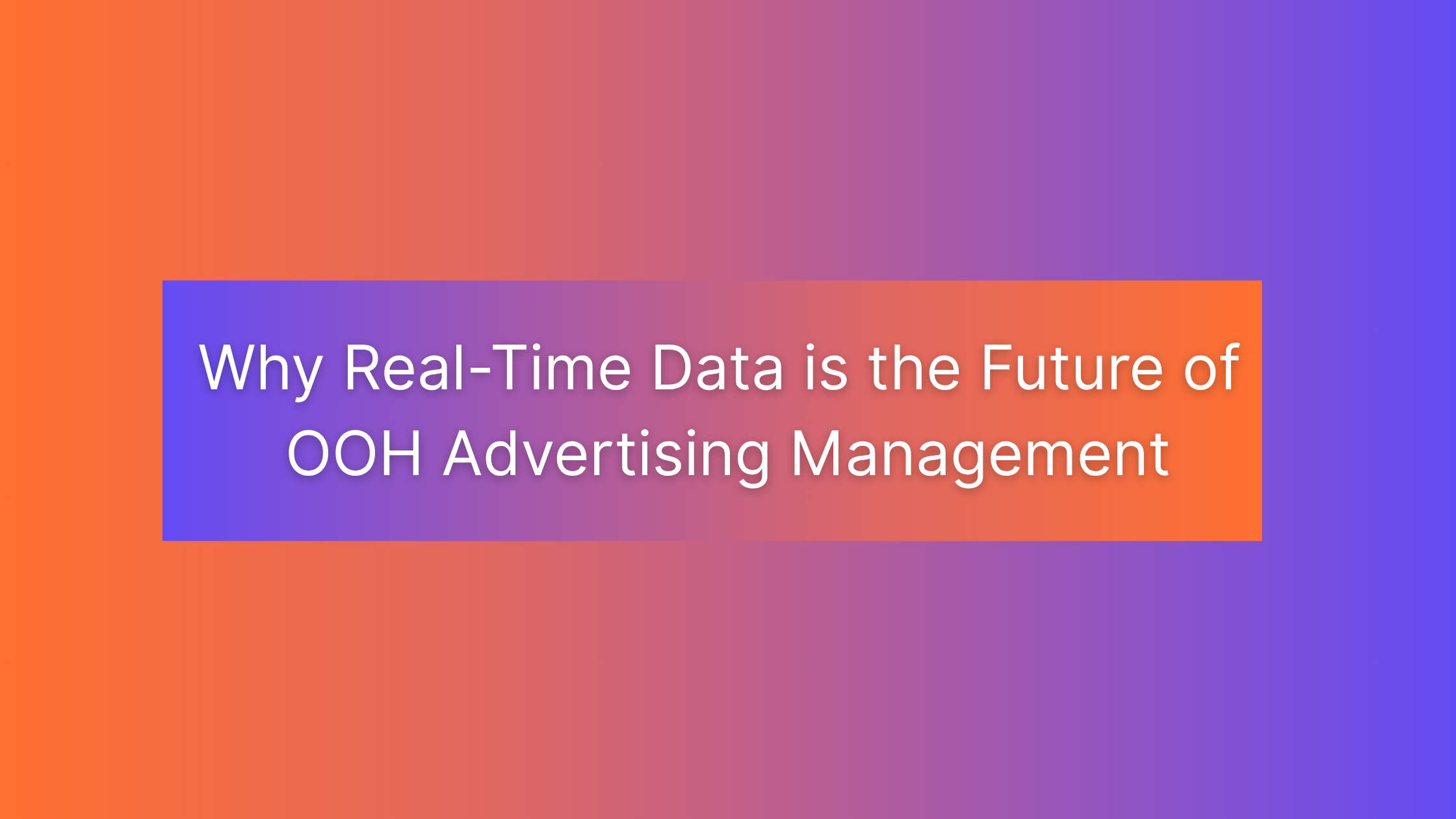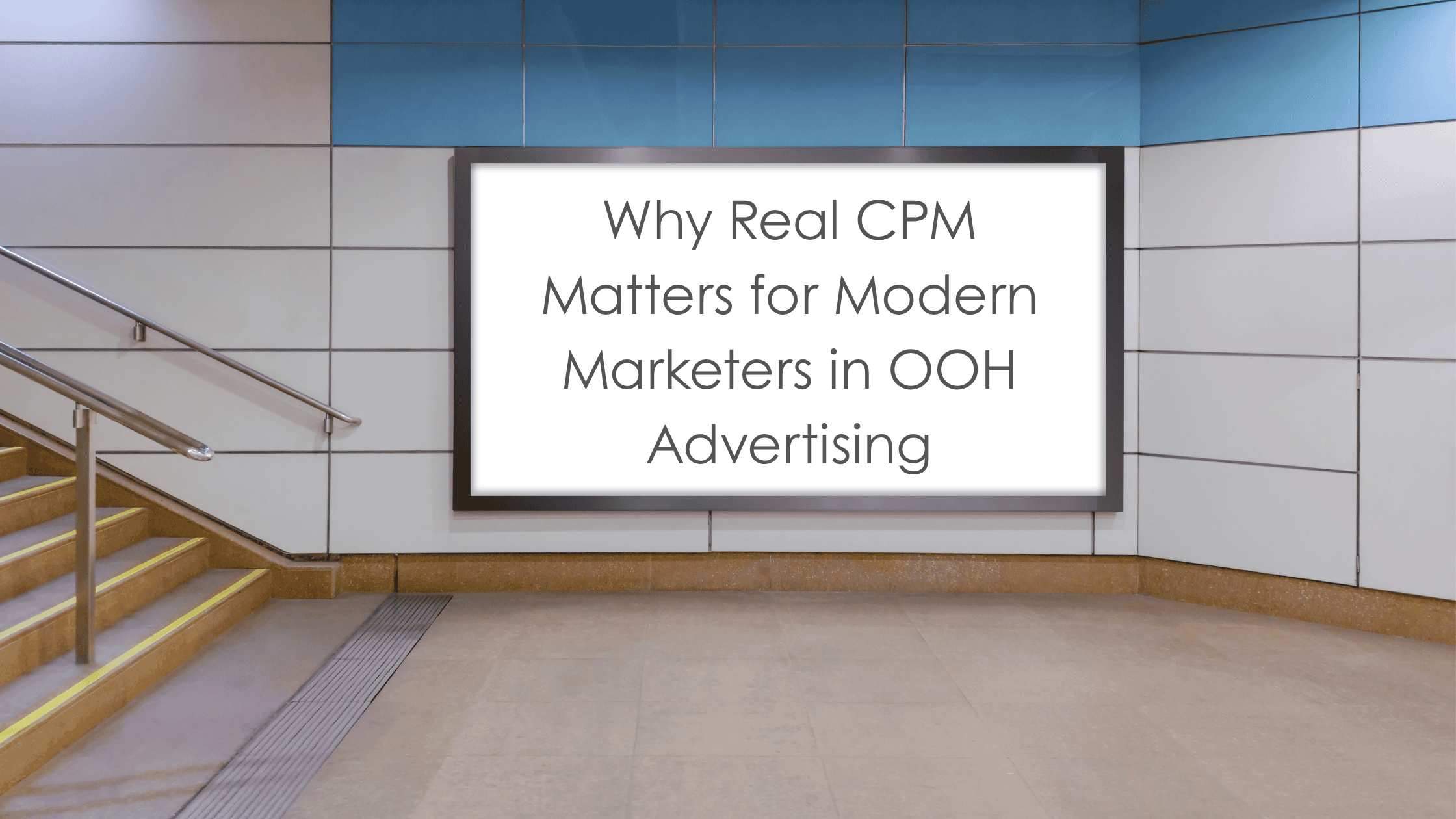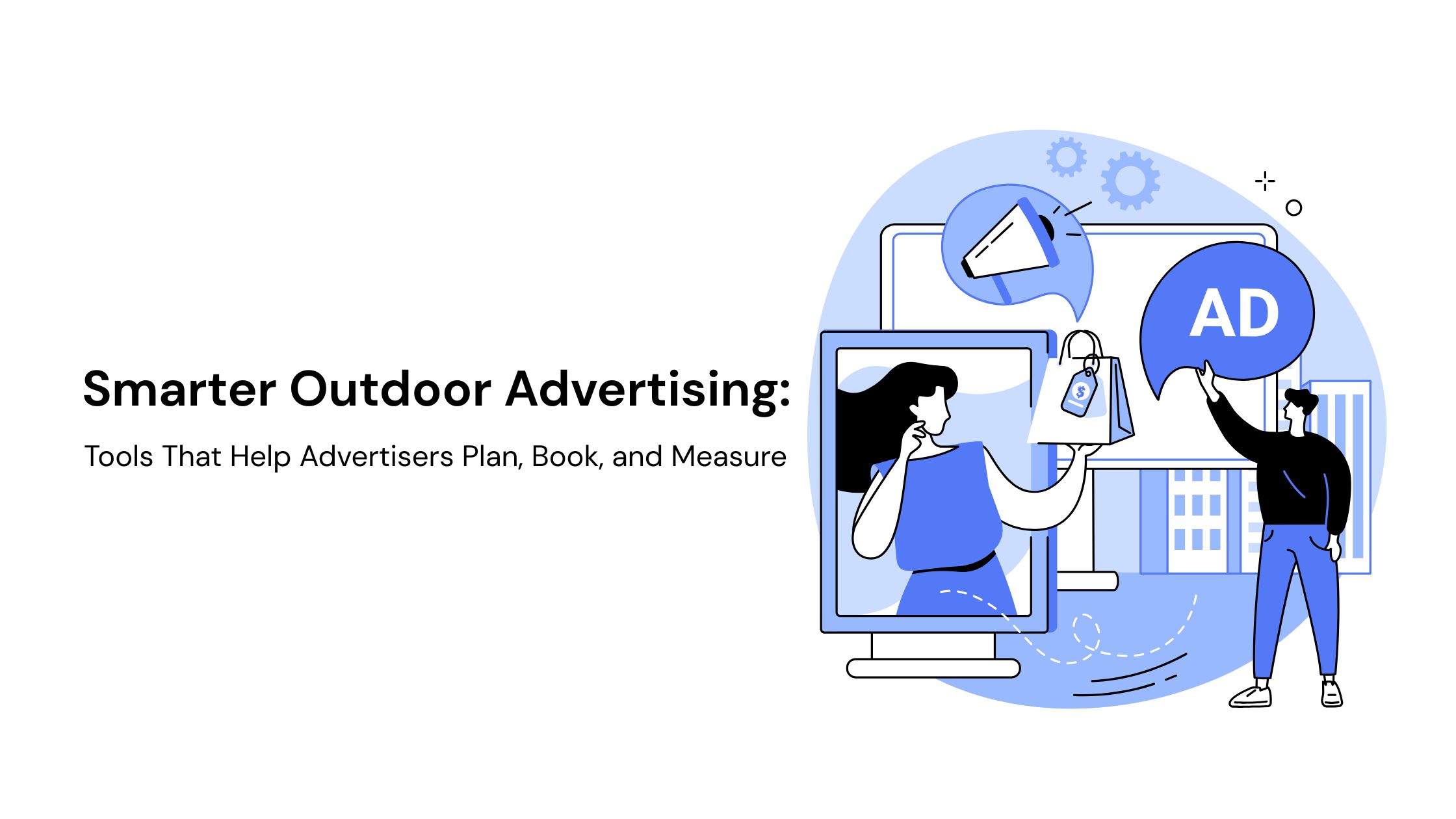Why Agencies Are Turning to Digital Platforms for Outdoor Advertising Management

In the modern advertising landscape, speed, transparency, and data-driven results are non-negotiable. While traditional outdoor advertising has long been prized for its impact and reach, it’s also been known for being slow-moving and fragmented—until now.
Today, more and more agencies are shifting their outdoor media planning and buying to digital platforms. These platforms simplify the entire campaign lifecycle—from discovering ad spaces to booking and tracking performance—all in one interface. The result? A more agile, measurable, and efficient outdoor strategy.
The Legacy Challenges of Outdoor Advertising
For years, agencies dealt with the same recurring challenges in OOH:
- Long lead times to secure ad placements
- Lack of real-time availability
- Manual processes for booking and approvals
- Unreliable or delayed proof of performance
- Limited insight into ROI and audience metrics
These issues often made outdoor advertising less appealing for performance-focused campaigns—especially compared to the ease of digital media channels.
The Digital Transformation of OOH
The shift to digital platforms is reshaping how agencies manage outdoor advertising. Instead of managing multiple vendors, relying on spreadsheets, or chasing confirmation emails, agencies now use centralized platforms that offer:
- Live inventory availability
- Advanced filtering by audience, format, and location
- Automated booking and approvals
- Real-time campaign tracking and performance dashboards
This new approach brings the structure and predictability of online media to the physical world.
Key Benefits Driving the Shift
1. Faster Planning and Execution
Digital platforms eliminate the lag time between media planning and go-live dates. Agencies can search for available assets, confirm pricing, and book placements instantly—cutting campaign setup from weeks to hours.
This is especially valuable for time-sensitive campaigns tied to product launches, local events, or competitive opportunities.
2. Smarter Targeting and Data Integration
Leading platforms integrate location intelligence, mobility data, and audience segmentation. This allows agencies to move beyond basic impressions and place ads where target customers are most likely to see and engage with them.
By layering in demographic filters and time-of-day scheduling, campaigns become more relevant and better performing.
3. Seamless Collaboration and Reporting
Agencies often manage multiple stakeholders across brands, teams, and cities. A digital outdoor platform provides shared dashboards and reporting tools, streamlining everything from creative approval to proof-of-performance delivery.
Clients get transparency, while agencies get more control—without the administrative overhead.
4. Increased Accountability and ROI
With traditional OOH, proving value was a challenge. Now, platforms offer automated proof-of-performance logs, image verification, and impression estimates for digital screens—making it easier to show ROI and justify spend.
This accountability builds trust with clients and encourages long-term investment in outdoor advertising.
What It Means for the Future of Agencies
As clients demand measurable outcomes, agencies need tools that match the pace of digital. Outdoor advertising is no longer an exception—it’s part of the performance ecosystem. And digital platforms make it easy to include in omnichannel strategies alongside paid search, social, and programmatic media.
Agencies that embrace this shift will not only save time—they’ll be better positioned to deliver smarter, more scalable results.
Final Takeaway
The age of manual, disconnected outdoor advertising is coming to an end. Agencies are turning to digital platforms because they offer the flexibility, transparency, and speed today’s media landscape demands.
If you're managing outdoor campaigns and still using outdated workflows, now’s the time to explore smarter tools. Because with the right platform, outdoor advertising isn’t just easier—it’s far more effective.
Note: IndiBlogHub features both user-submitted and editorial content. We do not verify third-party contributions. Read our Disclaimer and Privacy Policyfor details.



